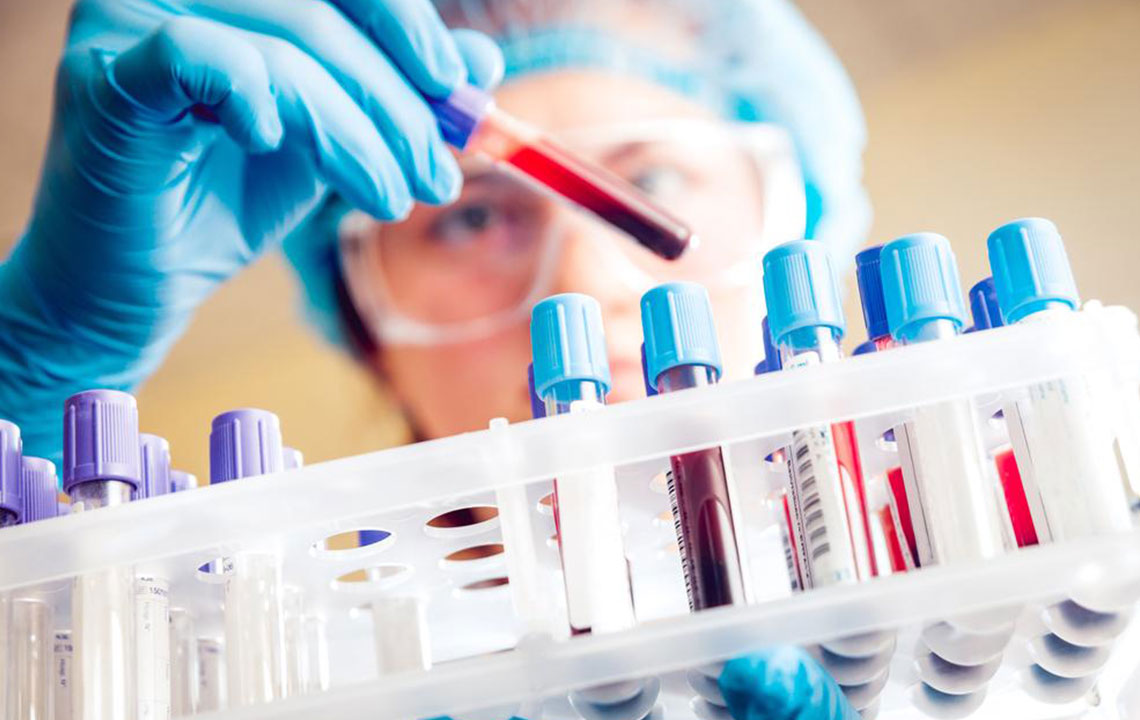Leukemia: Types and Causes
The American Cancer Society (ACS) estimates 60,300 new leukemia diagnosis in the U.S. this year. Sadly, roughly 24,370 will succumb to the disease.
Leukemia originates in the blood stem cells as either immature myeloid stem cells (monocytes, platelets, or granulocytes, which form clots or fight bacteria and infection) or immature lymphoid stem cells (or lymphocyte B, T or NK cells, which are white blood cells that battle infection and bodily threats).

1. Acute lymphocytic leukemia
ACS research reports approximately 5,960 new cases of acute lymphocytic leukemia (or ALL) yearly in the U.S., and roughly 1,470 annual deaths. ALL largely affects child patients (3 in 4 children with leukemia) before the age of 5-years old. However, the majority of ALL deaths occur in patients older than 50-years old due to the fact that younger patients better respond to aggressive ALL treatment, which usually includes a combination of chemotherapy, radiation therapy, stem cell transplant, and sometimes immunology.
2. Chronic lymphocytic leukemia
Chronic lymphocytic leukemia (or CLL) is considered a leukemia that occurs in mainly older adult patients, with a 70-year old average age of diagnosis. ALL is very rare in child patients and any patient under 40-years old. Accounting for approximately 20,940 diagnosis yearly and roughly 4,510 fatalities, CLL progresses slow yet metastasis (spreads) rather aggressively to nearby organs (i.e., liver or spleen) if not treated with a usual course of radiation, chemo, stem cell transplant, and in rarer cases, immunology.
3. Acute myeloid leukemia
Acute myeloid leukemia (or AML) is considered the most common form of the disease, accounting for approximately 19,520 leukemia diagnosis and 10,670 leukemia deaths yearly. AML mainly strikes older patients, with an average age of diagnosis at 68-years old. AML is not only the most prevalent leukemia, it’s rate of progression is considered rather aggressively compared to other types of leukemia. However, with a combined treatment plan of targeted therapies, radiation, chemotherapy, and in rarer cases, stem cell transplant, healthy younger patients have a 70% to 80% rate of remission and a 5-year survival rate of about 26%.
4. Chronic myeloid leukemia
The ACS reports roughly 8,430 cases of chronic myeloid leukemia (or CML) and 1,090 associated deaths, yearly in the U.S. Another type of leukemia that mainly strikes older adults, the average age of CML patients is 65-years old and older. CML is seen very rarely in child patients. Cancer researchers claim that CML develops genetically due to an abnormal Ph (or Philadelphia) chromosome, which triggers the cause the mass growth of abnormal white blood cells. CML is typically treated by radiation, oral chemotherapy, stem cell transplant, and/or immunotherapy.




